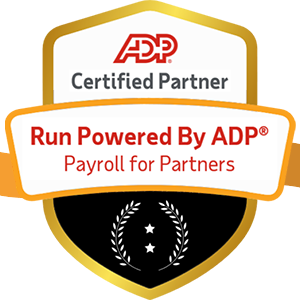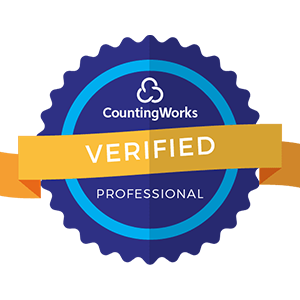
In today's dynamic work environment, organizations are constantly seeking innovative ways to enhance employee engagement and motivation. One such approach gaining traction is gamification – the application of game design principles and mechanics to non-game contexts, such as the workplace. By incorporating elements of competition, collaboration, and reward into everyday tasks and activities, gamification has the potential to transform the employee experience and drive meaningful business outcomes. Let's explore the impact of gamification on employee engagement and motivation.
Gamification involves the use of game elements, such as points, badges, levels, challenges, and leaderboards, to make non-game activities more engaging and enjoyable. In the workplace, gamification can be applied to various processes, including training, performance management, goal setting, feedback, and recognition, to motivate employees, reinforce desired behaviors, and foster a culture of continuous improvement.
One of the key benefits of gamification is its ability to increase engagement by tapping into individuals' intrinsic motivation to compete and collaborate. Leaderboards and point systems create a sense of competition, driving employees to strive for excellence and outperform their peers. At the same time, collaborative challenges and team-based activities foster a sense of camaraderie and encourage teamwork, as employees work together to achieve shared goals and objectives.
Gamification can revolutionize learning and development initiatives by making training programs more interactive, immersive, and effective. Incorporating game elements, such as quizzes, simulations, and scenario-based learning modules, into training courses makes learning fun and engaging, leading to higher levels of knowledge retention and skill acquisition. Gamified learning experiences also provide immediate feedback and rewards for progress, motivating employees to actively participate and invest in their own development.
Gamification can be a powerful tool for driving performance and productivity by aligning individual goals with organizational objectives and incentivizing desired behaviors. By setting clear goals, tracking progress in real-time, and rewarding achievements with badges, points, or other incentives, employees are motivated to focus their efforts on tasks that contribute to overall business success. Additionally, gamification can introduce an element of novelty and excitement into routine tasks, making them more enjoyable and engaging for employees.
Recognition and rewards play a crucial role in employee motivation and engagement. Gamification provides a platform for celebrating achievements, acknowledging contributions, and reinforcing desired behaviors in a fun and interactive way. Whether it's earning badges for completing tasks, reaching milestones, or demonstrating specific values and behaviors, gamified recognition programs help employees feel valued, appreciated, and motivated to continue performing at their best.

Employee well-being and morale are essential for maintaining a positive and productive work environment. Gamification can contribute to employee well-being by promoting work-life balance, encouraging healthy habits, and reducing stress and burnout. For example, wellness challenges and fitness trackers can motivate employees to stay active and prioritize their health, while virtual social events and team-building activities can strengthen connections and boost morale among remote or dispersed teams.
Gamification has the potential to revolutionize the way organizations engage and motivate their employees. By incorporating game elements into various aspects of the workplace, organizations can increase engagement, enhance learning and development, drive performance and productivity, foster a culture of recognition and rewards, and improve employee well-being and morale. As the future of work continues to evolve, embracing gamification as a strategic tool for enhancing the employee experience will become increasingly essential for organizations seeking to stay competitive and attract and retain top talent.


